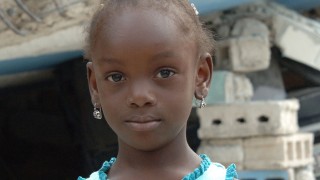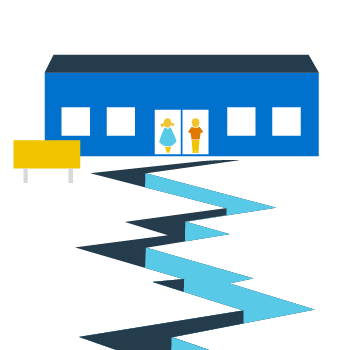Haiti Earthquake
Six years ago, on 12 January 2010, a 7.0 magnitude earthquake hit Haiti. An estimated 3.5 million people were affected and more than 220,000 people died. It was a dark day for the people of Haiti who lost their homes and the lives of loved ones.
Just to test the nation further, in October 2010, Haiti was impacted by a cholera outbreak which has to date killed an estimated 8,562 people and infected around 700,000 others. Haiti was not in a position to respond effectively to the outbreak.
Tropical storms Isaac and Sandy also hit the country, in August and October 2012 respectively, hampering the earthquake response, bringing more fatalities and leaving large parts of the country under water.
We were there in the immediate aftermath, helping the people of Haiti rebuild their lives. The extensive relief efforts throughout Haiti have helped the nation to thrive more so than it had prior to the earthquake.
Houses damaged by the earthquake have been rebuilt and small businesses have multiplied. The one million people who were made homeless by the earthquake have been rehoused after living in temporary camps.
Roads, especially in the capital city of Port-au-Prince, have been repaired and many paved for the first time.
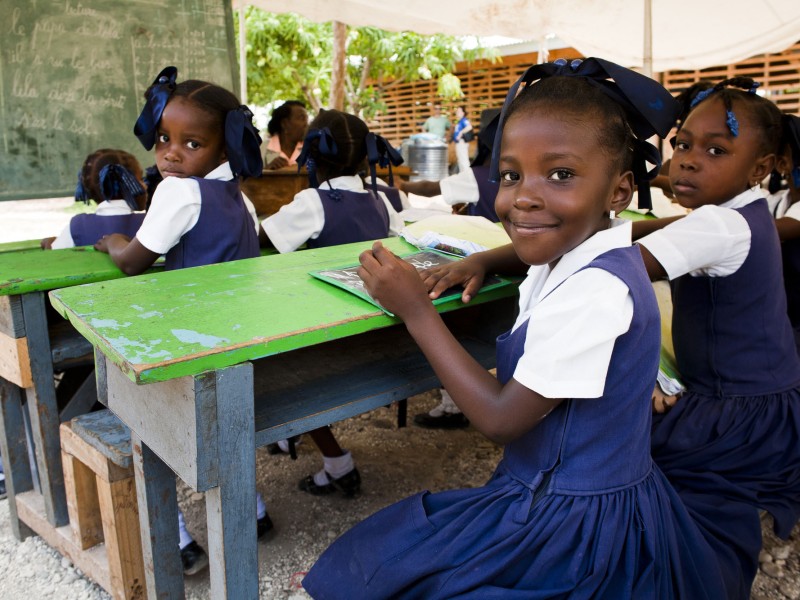
More children in school than ever before
The collapse of the education system, with about half the schools in the country being affected by the earthquake, has been reversed and today there are more children in school, at least at the primary school level, than ever before.
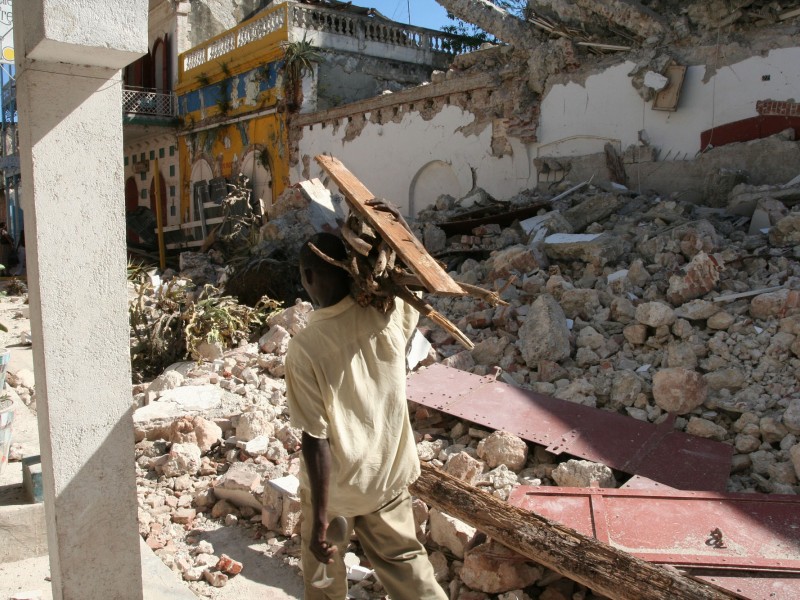
YOUTH EMERGENCY RESPONSE
Haitian youth were the first group of people to respond to the aftermath of the earthquake. They organised themselves quickly and were digging people out of the rubble and searching for medical help almost immediately.
Haitian families, whose homes were intact, invited other families to shelter in their houses and courtyards providing mattresses, food and shelter. Women organised the distribution of relief supplies in their communities to those affected by the earthquake.
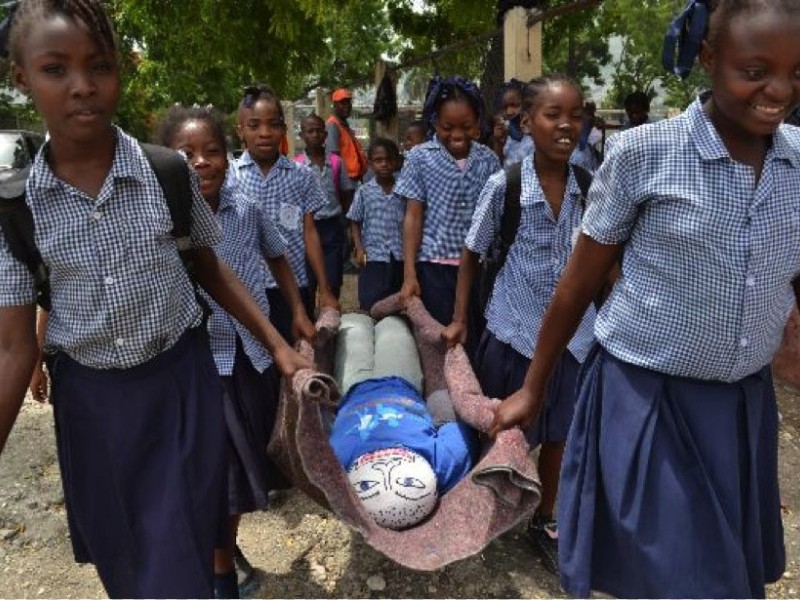
Preparing children for future disasters
Our disaster reduction programmes are training school children on how to better prepare themselves for future disasters, teaching them the risks they will face and how to protect themselves when disasters strike.
“I had never seen a fire extinguisher before. Our instructor did a short demo… now I know how it works. I will take the opportunity to teach my parents, friends and neighbours.
“My friends and I also ran through evacuation and CPR (cardiopulmonary resuscitation) drills. This project really taught us important things for our safety.”
- Dina, 14, Haiti
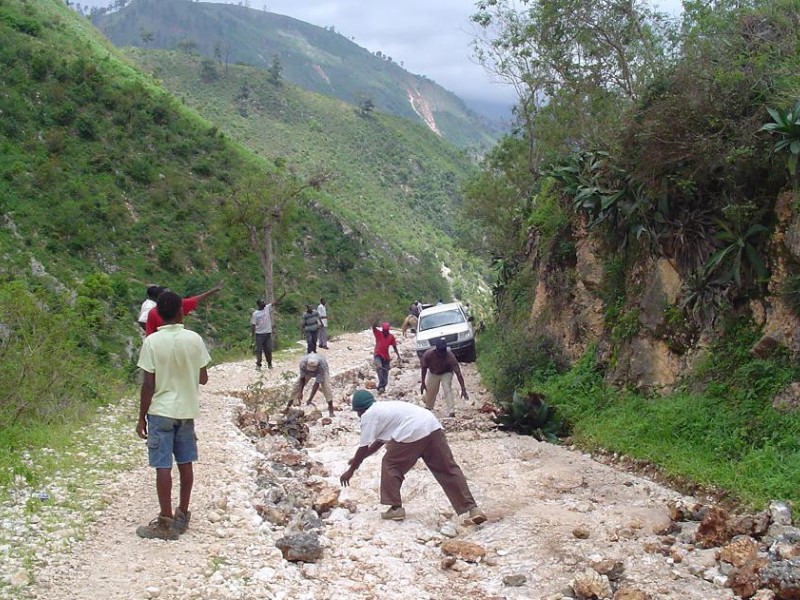
Ongoing challenges
Challenges of course remain. Haiti has suffered from appalling - and often brutal - governance for decades and many Haitians have left the country to seek better prospects elsewhere.
The country remains poor with a still fragile education system, poor and expensive health services and high unemployment. The government mantra is that ‘Haiti is open for business’ and indeed it is, but services are poor - especially electricity supplies - with some roads in poor condition, making it challenging for an agricultural heavy economy.

